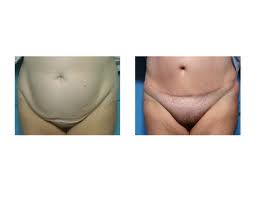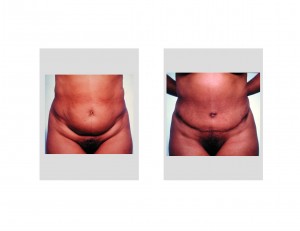
In the March 2013 issue of the Plastic and Reconstructive Surgery journal an article appeared entitled ‘Outcomes of Traditional Cosmetic Abdominoplasty in a Community Setting: A Retrospective Analysis of 1008 Patients’. This report is very interesting because it looks at outcomes of typical tummy tucks performed in a large number of patients over an eleven year period. They found that the complication rate was 32.6%. The most common complication was a fluid build-up, a seroma, with an occurrence of 15%. In almost half of the tummy tucks (46%) liposuction was performed on the upper abdominal skin flap. The flanks had liposuction in over half of the patients (55%) as well. Statistical analysis showed that the concomitant performance of liposuction was associated with a higher risk of seroma formation.

One of the findings in the study was issues related to the use of liposuction in tummy tucks. I find that the vast majority of full tummy tucks and about 1/2 of mini-tummy tucks need flank liposuction. If this is not done many patients will be left with ‘muffin tops’ at their sides that, although was always there, will become obvious once the abdomen is flatter. The increased risk of seroma formation in liposuction refers to it being done in the upper abdominal skin flap. This is not surprising given that the subcutaneous tissues have been traumatized and are a source of an additional lymphatic leak that increases the resorptive demands on the abdominal lymphatics over an already large underlying dead space.
For this reason I am usually loathe to suction the upper abdominal skin flap at the time of the tummy tuck and I point this out to patients beforehand. They are aware that the upper part of the abdomen may not be as flat as the bottom half in the final result. Liposuction can always be performed as a secondary procedure when it is safer with decreased risk of seroma and incisional wound healing issues.
Dr. Barry Eppley
Indianapolis, Indiana


